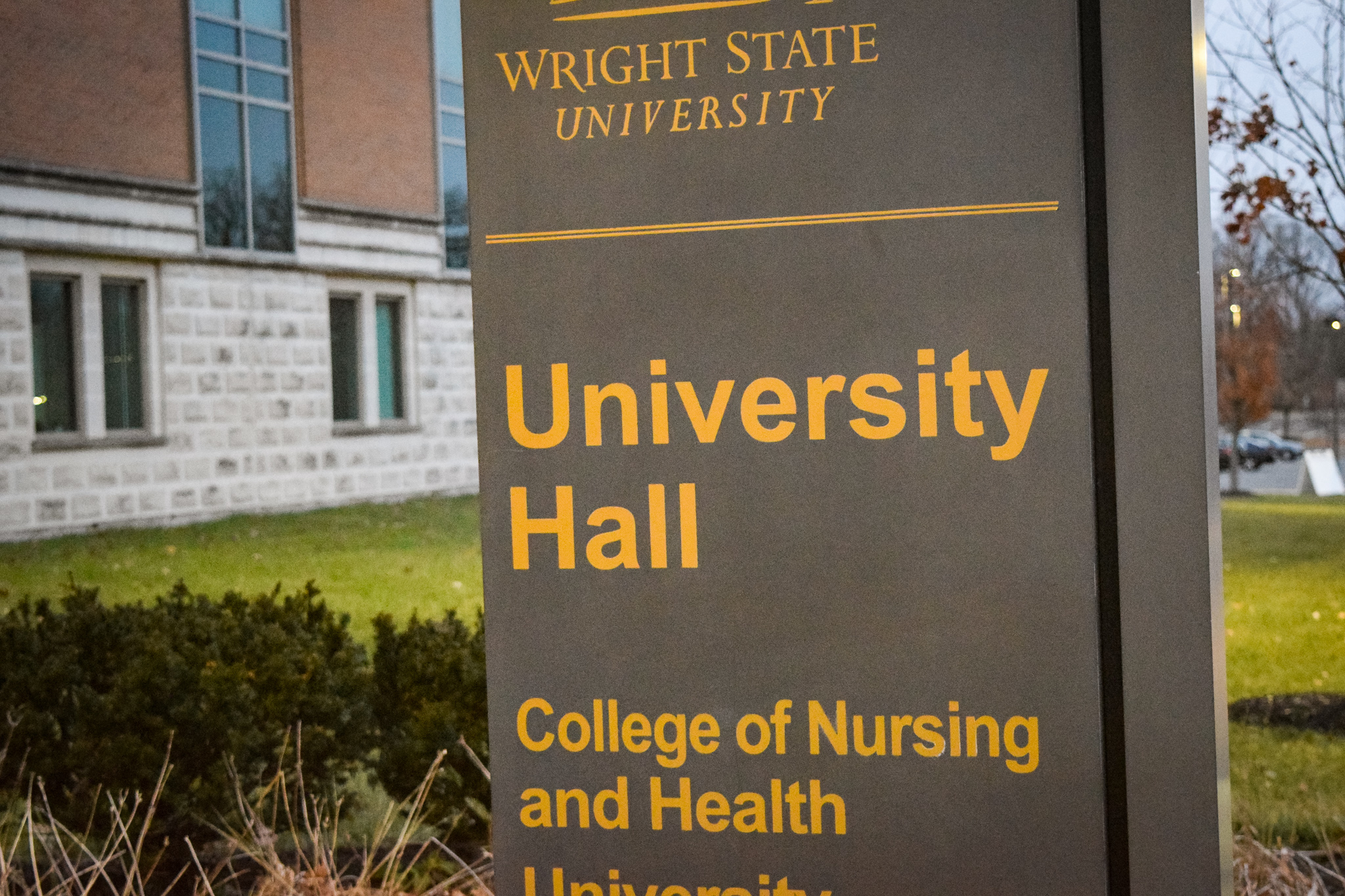
College of Nursing and Health | Photo by Jessica Fugett | The Wright State Guardian
“It’s really just an exercise in learning empathy and learning compassion for people who come from different walks of life,” said Dr. Albert Painter, family medicine and psychiatry associate dean of faculty affairs.
Wright State University has integrated the Cost of Poverty Experience into the medical student experience for two years now.
“Especially those in our community who are challenged with resources and sometimes challenged with problems that we are not in touch with or understand very well,” said Painter.
What is the Cost of Poverty?
The Cost of Poverty Experience was developed by The CareSource Foundation and Think Tank to help train participants about the lives of low-income individuals, according to Omnicom Solutions’ website.
All incoming medical students are required to participate in the program and students in their residency also participate in the program, according to Dr. Margaret Dunn, dean of the Boonshoft School of Medicine.
“The bottom line is, it’s extremely difficult for people who have few resources to be able to get them,” said Painter.
The program consists of four 15-minute sessions.
The concept of the Cost of Poverty Experience is that students are assigned an identity and have to move between tables representing different resources.
But why medical students?
“It is a way for us to help medical students and residents understand how the patients that they’re seeing are very challenged in the community to be able to just get the basic resources of living on a day-to-day basis,” said Painter.
Students have to try to make ends meet and choose which sacrifices to make based on the role assigned.
“The ability to do that is not always very straightforward and not even very helpful,” said Painter. “And what they’re faced with sometimes in terms of bureaucracy, in terms of complexity, and in terms of, depending on what their situation is, whether or not they are able to be helped.”
The program prepares students for scenarios they could be faced with in the future. The program helps students become more experienced and prepared for their future careers, according to Painter.
Preparing for careers
“There are people who graduate from medical school and they’re training in a specialty,” said Dunn. ” They are interacting more directly with patients, and try to understand what they as a physician can do for patients.”
The Cost of Poverty allows students to get a perspective of how hard it is for their patients to meet health needs with the challenges that they [the patients] deal with in other ways.
“They’ve had a more direct experience of trying to provide care for people with socioeconomic challenges and that’s meaningful to them,” said Dunn.
According to Dunn, medical students have found this program useful in their practice.
